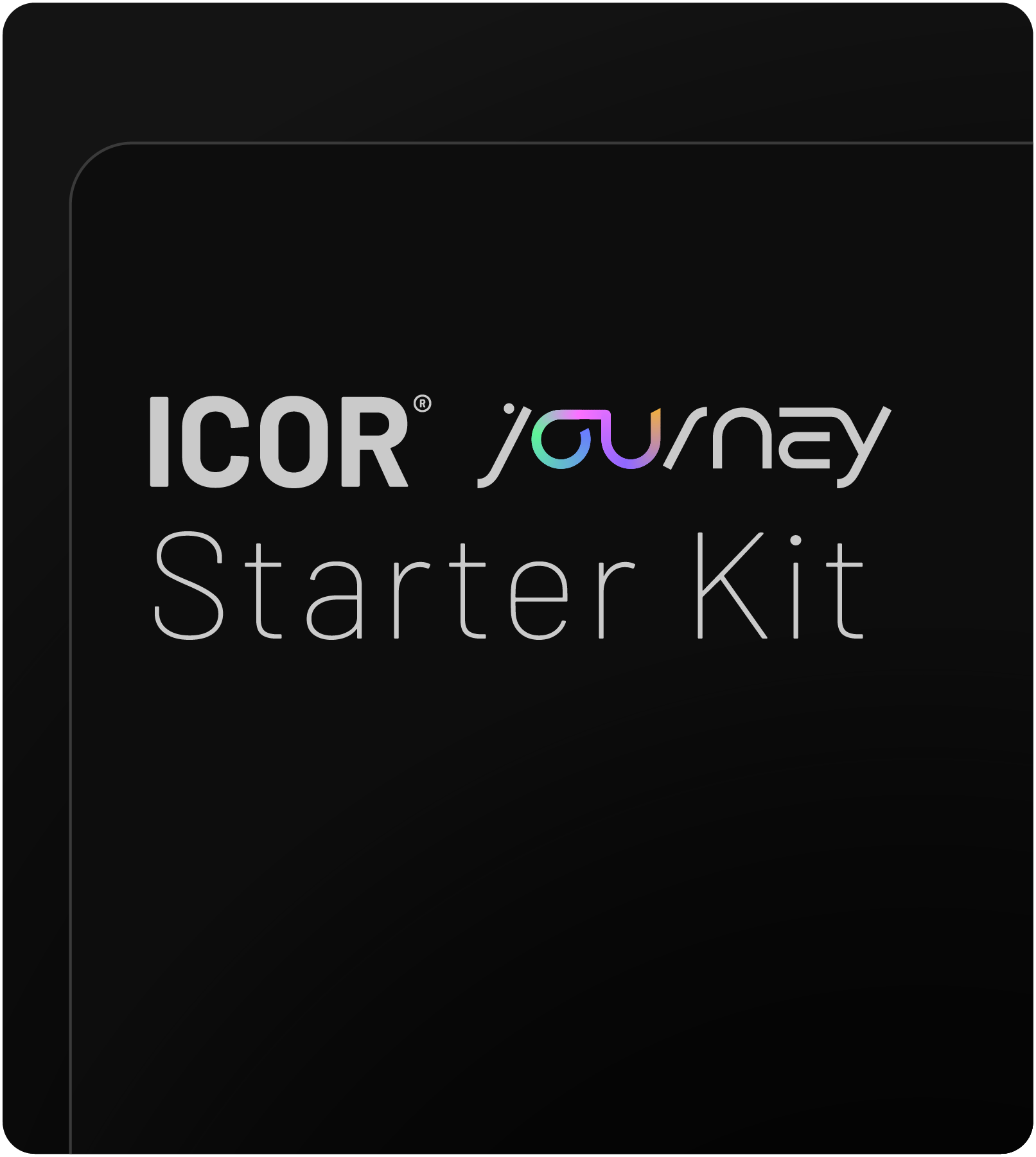Most Busy Professionals aren’t struggling because they lack productivity tools — they’re overwhelmed because their information is scattered. Critical decisions are buried in chat threads, tasks disappear into emails, and team alignment breaks down not due to lack of effort, but due to a lack of clarity. The real bottleneck isn’t the volume of information, it’s the absence of a reliable, centralized access point. This is where the principle of having a “Single Source of Truth” becomes game-changing.
The Hidden Cost of Scattered Information
When project updates, task details, and meeting decisions are fragmented across apps and channels, teams lose time, clarity, and momentum. It’s not that the information isn’t there — it’s that nobody knows where to find the real answer. This leads to duplicated effort, increased meetings just to “get on the same page,” and endless searching through chats and threads. It’s digital chaos disguised as busyness.
The True Meaning of a Single Source of Truth
Contrary to popular belief, a Single Source of Truth isn’t about cramming all data into one app. It’s about establishing a trusted, easy-to-access starting point that links to everything else. A well-defined source of truth helps answer questions like:
- What are we working on?
- Who owns this task?
- Where is the latest version?
- When is it due?
It’s not about centralizing all the information — it’s about centralizing access to that information.
Real-World Impact of Applying This Principle
In one example, a SharePoint-based ticketing system was introduced as a central entry point for requests. It wasn’t sophisticated or flashy, but it worked because the entire team trusted it. The results were remarkable:
- Standardized input reduced guesswork
- Clear ownership minimized back-and-forth
- Real-time status updates eliminated constant interruptions
The outcome? A 60% performance boost without increasing the team size. That’s the power of clarity and unified workflows.
It Works With Any Tool — If You Use It Right
You don’t need to switch to a fancy new platform to benefit from this approach. Whether your team uses Notion, ClickUp, Asana, or Google Sheets, the idea is the same: Choose one central hub, make it the starting point, and connect your ecosystem around it. Without this foundational layer, even the best productivity tools will feel clunky and disconnected.
Start Here to Eliminate the Chaos
Want to reduce stress, cut down on unnecessary meetings, and stop chasing down information? Begin by identifying your team’s current entry point. Ask:
- Is it trusted?
- Is it easy to access and update?
- Can it link out to the rest of your system?
If the answer is no, your productivity system will continue to crack under pressure.
We invite you to join the Paperless Movement® Membership where you’ll learn how to build a fully connected productivity ecosystem with in-depth training on Note-Taking, Personal Knowledge Management, Task Management, and Project Management.
Or, dive directly into focused courses like the Email Management Course to start optimizing today.




